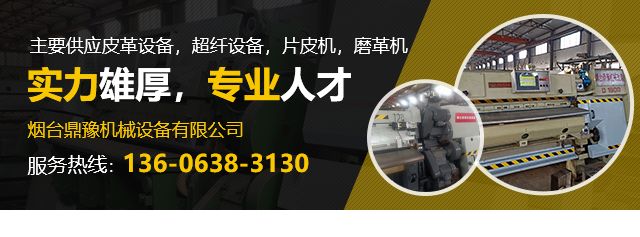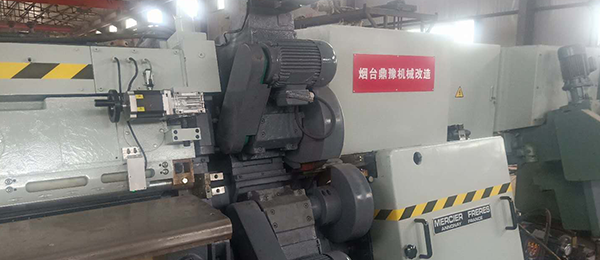


About Us
华亿体育(中国)科技股份公司位于山东省烟台市芝罘区楚玉路238号泰和工业园,我公司主要经营皮革机械设备,超纤设备及配件的生产,销售。我们有好的产品和专业的销售和技术团队,主要供应皮革设备,超纤设备,片皮机,磨革机。我们具有专业维修国内外各种型号精密片皮机的技术和能力,承揽大中小维修机械的业务。定制各种型号带刀、砂轮等。

News Information
Contact Us
华亿体育(中国)科技股份公司
侯成伦:13606383130
宋成峰:18660587362
地址:山东省烟台市芝罘区楚玉路238号泰和工业园